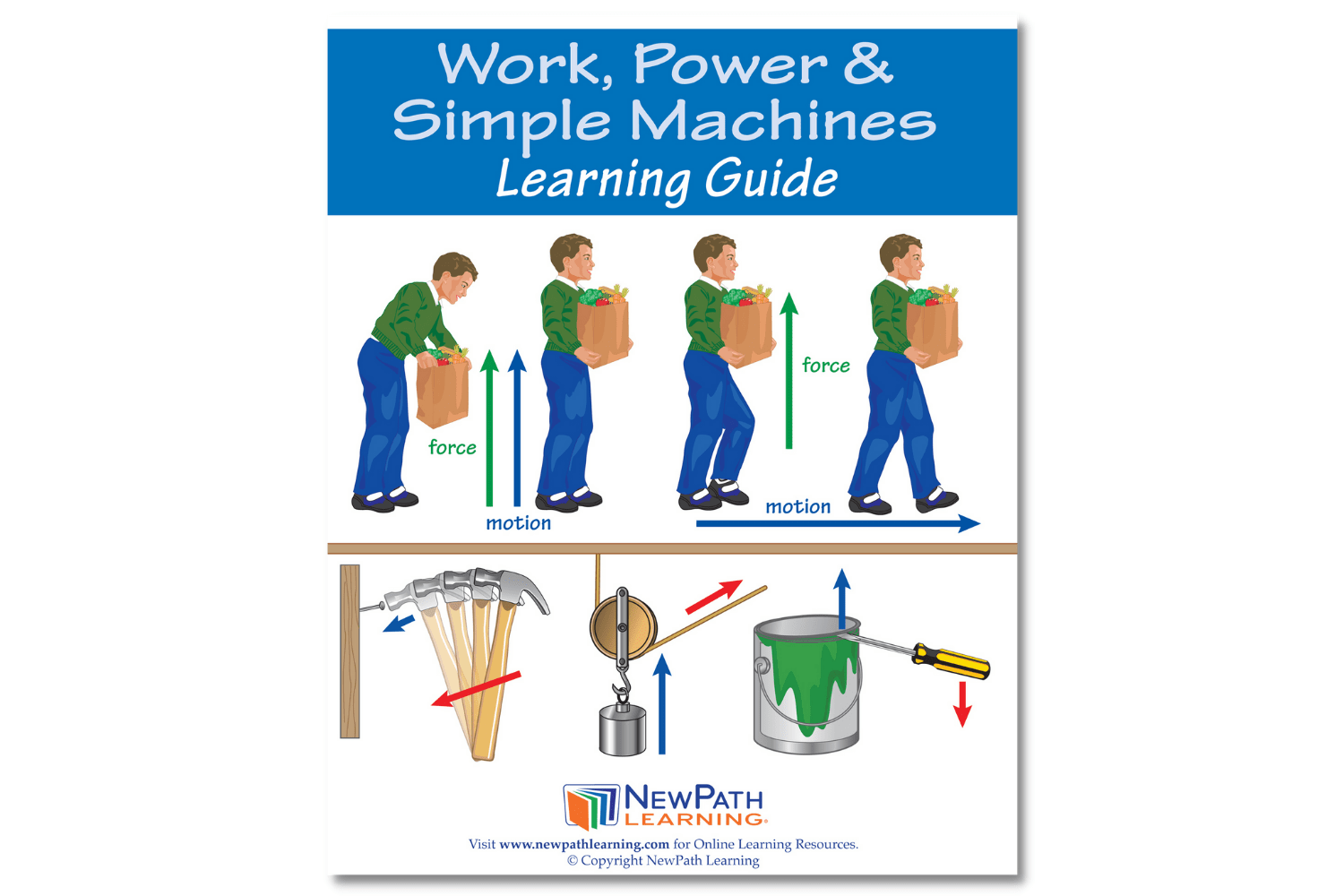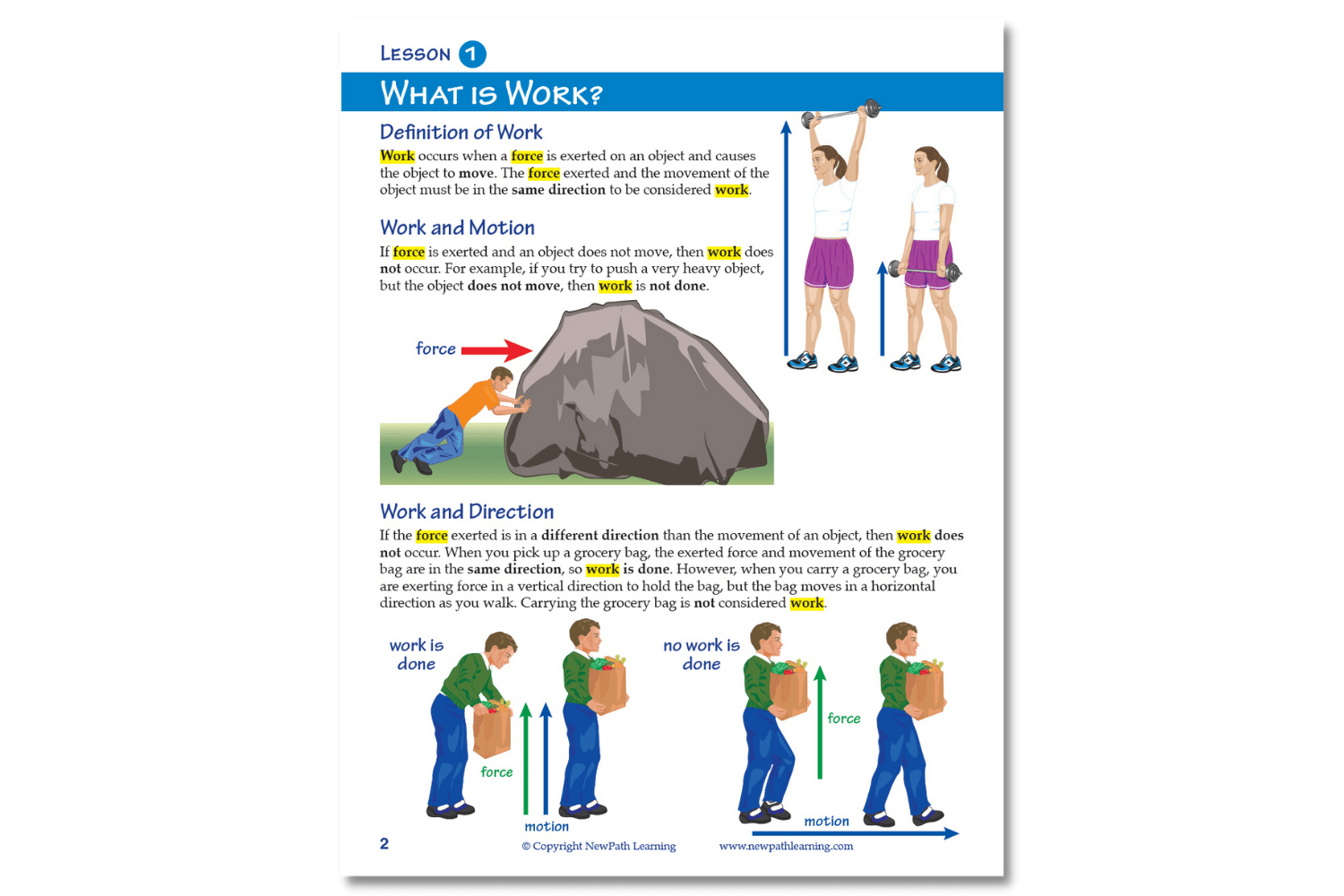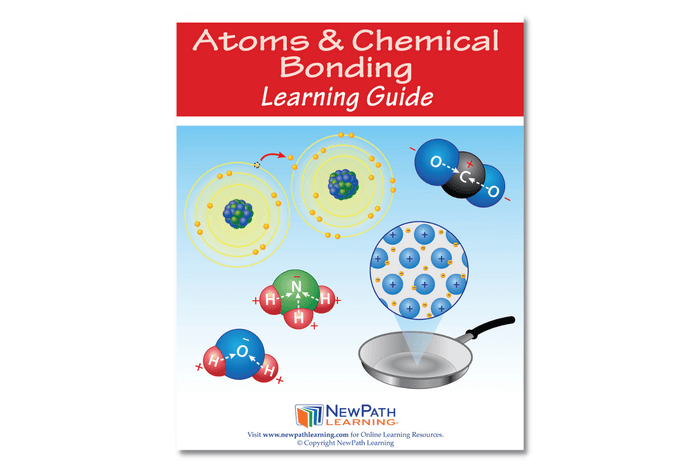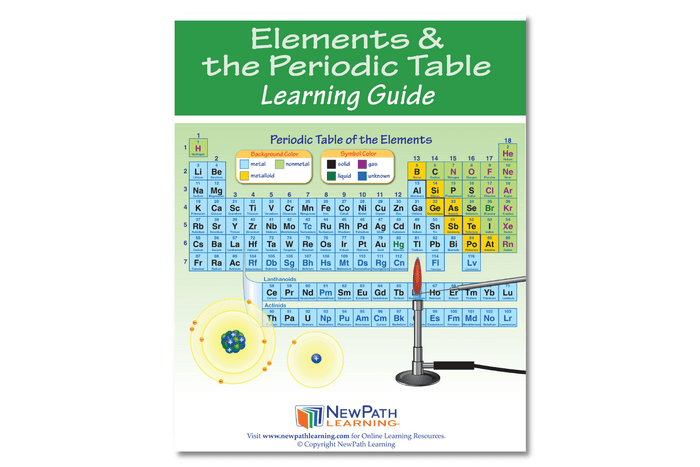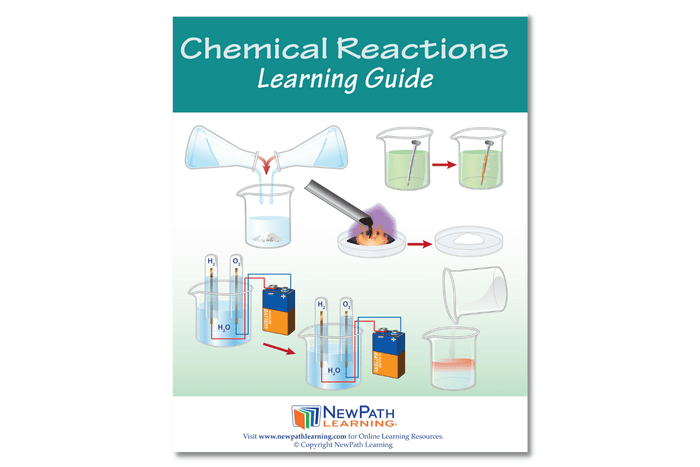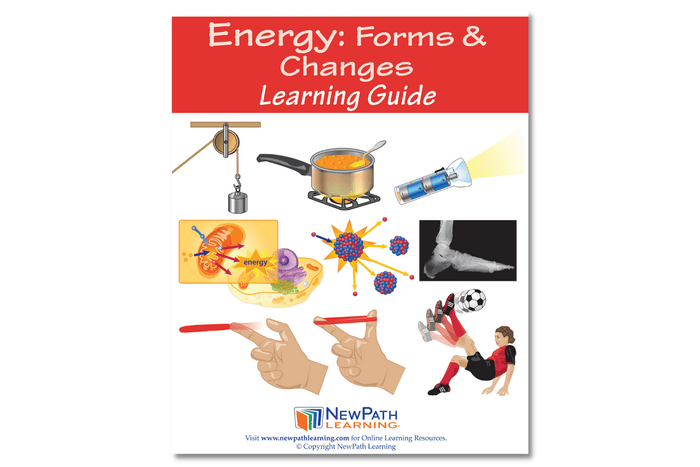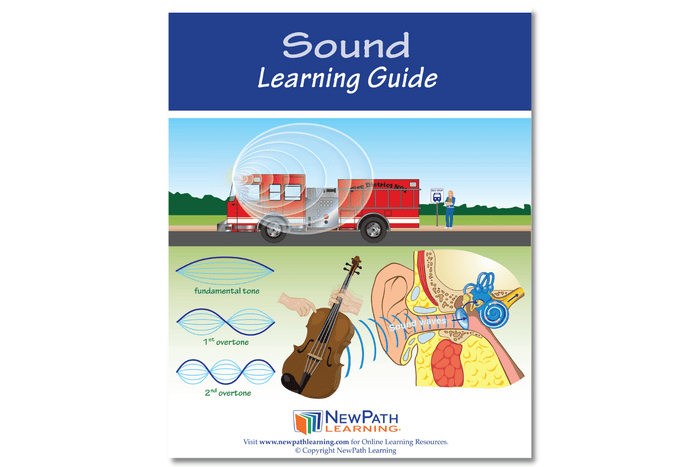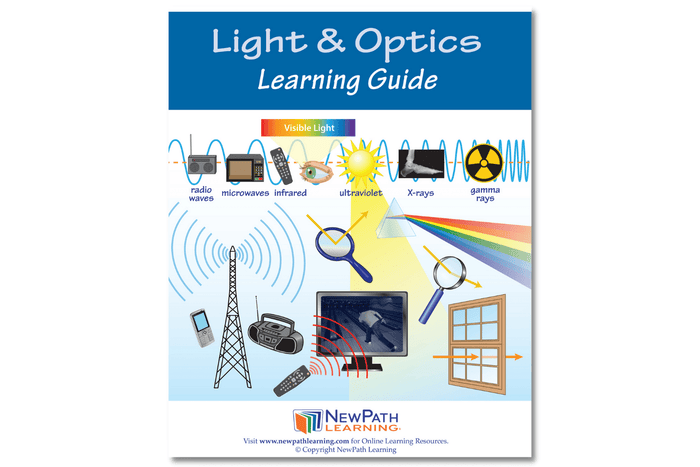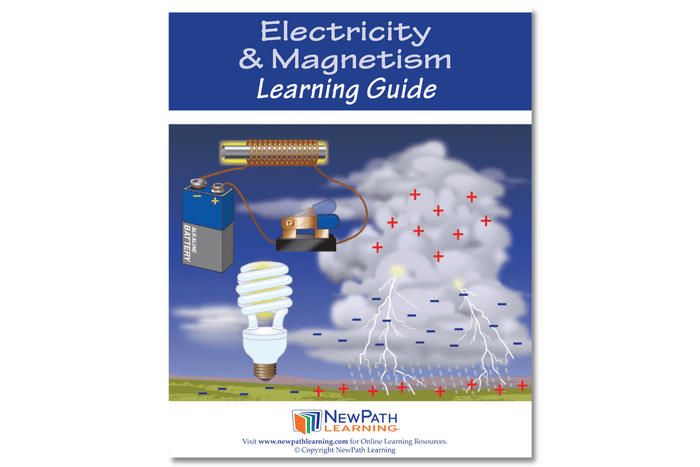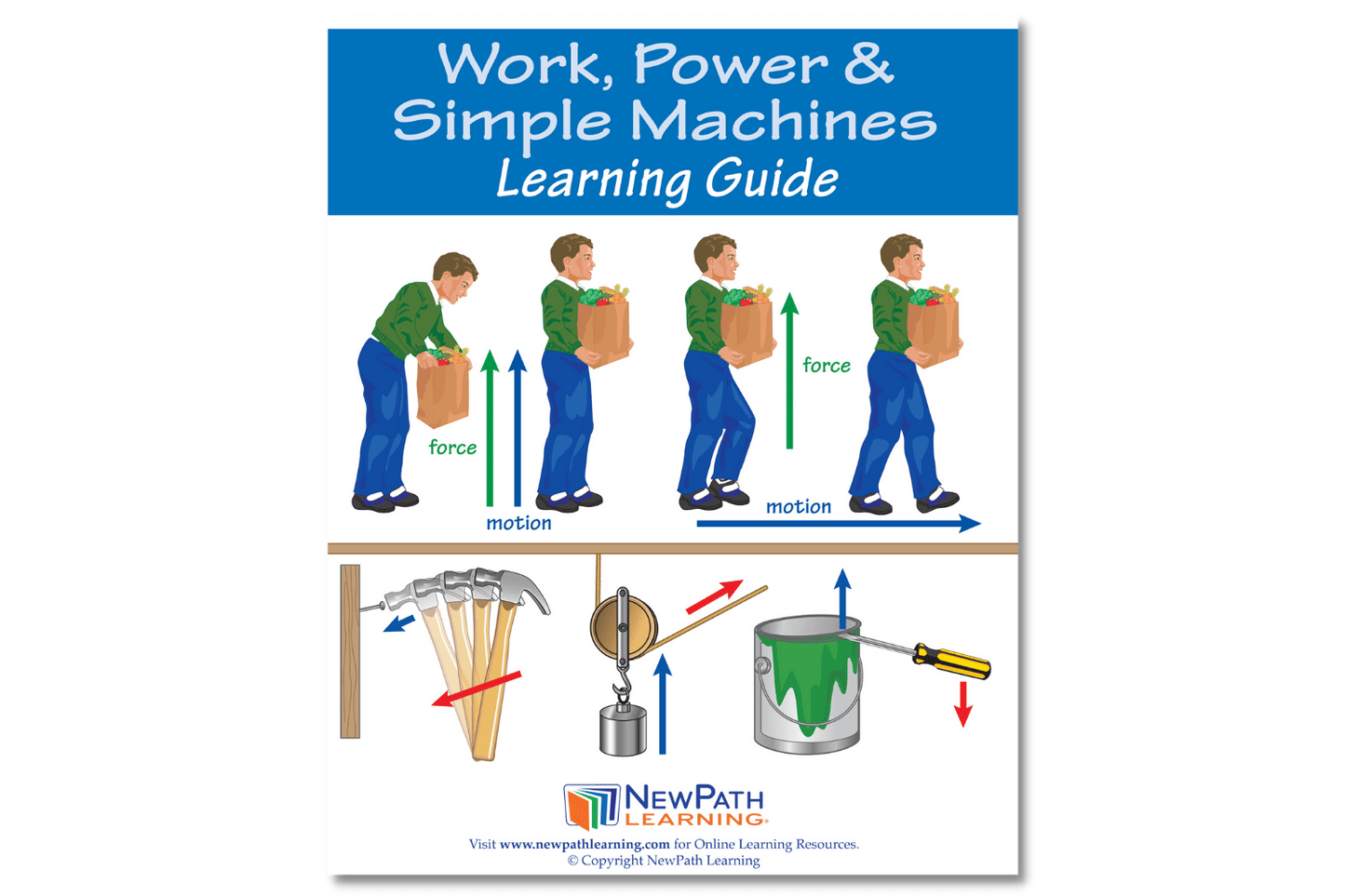
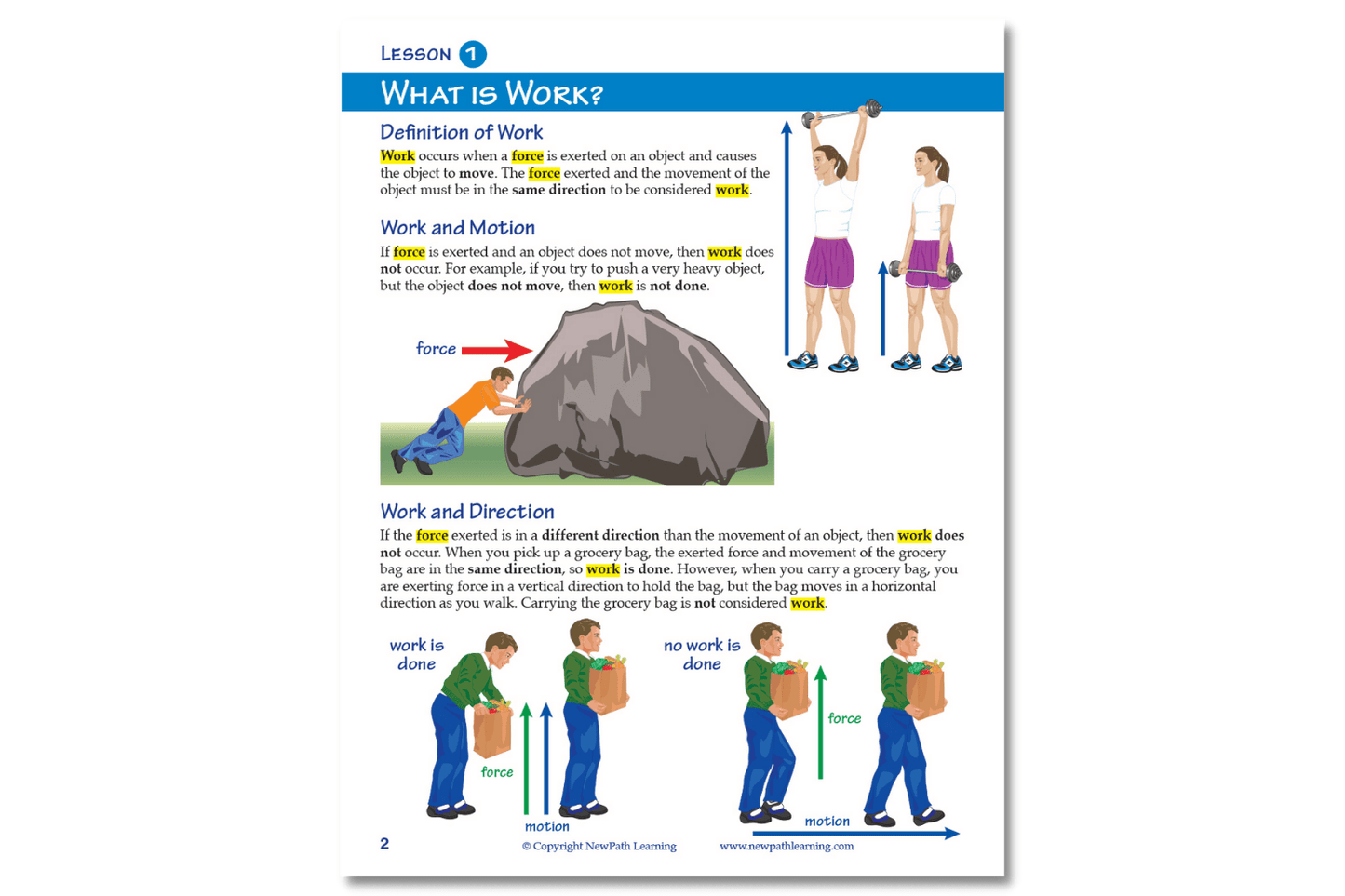
Other Options
| Order Qty |
Price | Qty for Discount |
Discount Price |
Total Savings |
||||
|---|---|---|---|---|---|---|---|---|
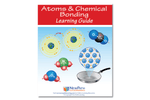
|
NewPath Learning Atoms & Chemical Bonding Learning Guide Item # 21-2010-08 |
|
|
$7.95 | ||||
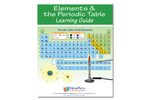
|
NewPath Learning Elements & the Periodic Table Learning Guide Item # 21-2010-06 |
|
|
$7.95 | ||||
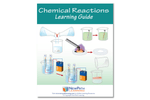
|
NewPath Learning Chemical Reactions Learning Guide Item # 21-2010-07 |
|
|
$7.95 | ||||
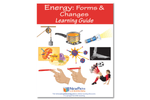
|
NewPath Learning Energy: Forms & Changes Learning Guide Item # 21-2010-02 |
|
|
$7.95 | ||||
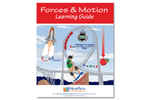
|
NewPath Learning Forces & Motion Learning Guide Item # 21-2010-03 |
|
|
$7.95 | ||||
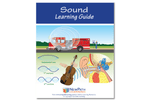
|
NewPath Learning Sound Learning Guide Item # 21-2010-04 |
|
|
$7.95 | ||||
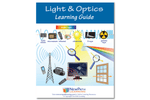
|
NewPath Learning Light & Optics Learning Guide Item # 21-2010-09 |
|
|
$7.95 | ||||
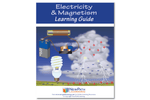
|
NewPath Learning Electricity & Magnetism Learning Guide Item # 21-2010-10 |
|
|
$7.95 | ||||
Additional Details
The NewPath Learning Work, Power & Simple Machines Learning Guide turns the complex topic into an easy-to-learn, visually captivating, and engaging guide page by page! In the NewPath Learning Guide, you'll find self-directed readings, easy-to-follow illustrated explanations, guiding questions, inquiry-based activities, a lab investigation, key vocabulary review, and assessment review questions along with a post-test. The NewPath Learning Guide allows students to write directly in them and is designed for Grades 6-10.
This 44 page NewPath Learning Work, Power & Simple Machines Learning Guide covers the following topics:
- What is Work?
- Power
- Measuring Work & Power
- Machines & Work
- Mechanical Advantage
- Mechanical Efficiency
- Simple Machines (1)
- Simple Machines (2)
- Simple Machines in the Body
- Vocabulary Review
Be confident knowing the NewPath Learning Guide covers Middle School Next Generation Science Standards.
Standards
Middle School (Grades 6, 7, 8) NGSS Correlations
| STRAND | NGSS.MS-PS. | PHYSICAL SCIENCE |
| TITLE | MS-PS2. | Motion and Stability: Forces and Interactions - Students who demonstrate understanding can: |
| PERFORMANCE EXPECTATION / FOUNDATION | MS-PS2-2. | Plan an investigation to provide evidence that the change in an object’s motion depends on the sum of the forces on the object and the mass of the object. |
| PERFORMANCE EXPECTATION / FOUNDATION | MS-PS2-5. | Conduct an investigation and evaluate the experimental design to provide evidence that fields exist between objects exerting forces on each other even though the objects are not in contact. |
| STRAND | NGSS.MS-PS. | PHYSICAL SCIENCE |
| TITLE | MS-PS2. | Motion and Stability: Forces and Interactions - Students who demonstrate understanding can: |
| PERFORMANCE EXPECTATION / FOUNDATION | MS-PS2.DCI. | Disciplinary Core Ideas |
| ELEMENT | PS2.A: | Forces and Motion |
| INDICATOR | PS2.A:2. | The motion of an object is determined by the sum of the forces acting on it; if the total force on the object is not zero, its motion will change. The greater the mass of the object, the greater the force needed to achieve the same change in motion. For any given object, a larger force causes a larger change in motion. (MS-PS2-2) |
| STRAND | NGSS.MS-PS. | PHYSICAL SCIENCE |
| TITLE | MS-PS2. | Motion and Stability: Forces and Interactions - Students who demonstrate understanding can: |
| PERFORMANCE EXPECTATION / FOUNDATION | MS-PS2.CC. | Crosscutting Concepts |
| ELEMENT | MS-PS2.CC.3. | Stability and Change |
| INDICATOR | MS-PS2.CC.3.1. | Explanations of stability and change in natural or designed systems can be constructed by examining the changes over time and forces at different scales. (MS-PS2-2) |
| STRAND | NGSS.MS-PS. | PHYSICAL SCIENCE |
| TITLE | MS-PS3. | Energy - Students who demonstrate understanding can: |
| PERFORMANCE EXPECTATION / FOUNDATION | MS-PS3-1. | Construct and interpret graphical displays of data to describe the relationships of kinetic energy to the mass of an object and to the speed of an object. |
High School (Grades 9) NGSS Correlations
| STRAND | NGSS.HS-PS. | PHYSICAL SCIENCE |
| TITLE | HS-PS2. | Motion and Stability: Forces and Interactions - Students who demonstrate understanding can: |
| PERFORMANCE EXPECTATION / FOUNDATION | HS-PS2-1. | Analyze data to support the claim that Newton’s second law of motion describes the mathematical relationship among the net force on a macroscopic object, its mass, and its acceleration. |
| PERFORMANCE EXPECTATION / FOUNDATION | HS-PS2-2. | Use mathematical representations to support the claim that the total momentum of a system of objects is conserved when there is no net force on the system. |
| STRAND | NGSS.HS-PS. | PHYSICAL SCIENCE |
| TITLE | HS-PS2. | Motion and Stability: Forces and Interactions - Students who demonstrate understanding can: |
| PERFORMANCE EXPECTATION / FOUNDATION | HS-PS2.SEP . | Motion and Stability: Forces and Interactions - Students who demonstrate understanding can: |
| ELEMENT | HS-PS2.SEP .1. | or test solutions to problems in 9–12 builds on K–8 experiences and progresses to include investigations that provide evidence for and test conceptual, mathematical, physical and empirical models. |
| INDICATOR | HS-PS2.SEP .1.1. | Plan and conduct an investigation individually and collaboratively to produce data to serve as the basis for evidence, and in the design: decide on types, how much, and accuracy of data needed to produce reliable measurements and consider limitations on the precision of the data (e.g., number of trials, cost, risk, time), and refine the design accordingly. (HS-PS2-5) |
| STRAND | NGSS.HS-PS. | PHYSICAL SCIENCE |
| TITLE | HS-PS2. | Motion and Stability: Forces and Interactions - Students who demonstrate understanding can: |
| PERFORMANCE EXPECTATION / FOUNDATION | HS-PS2.DCI. | Disciplinary Core Ideas |
| ELEMENT | PS2.A: | Forces and Motion |
| INDICATOR | PS2.A:1. | Newton’s second law accurately predicts changes in the motion of macroscopic objects. (HS-PS2-1) |
| INDICATOR | PS2.A:2. | Momentum is defined for a particular frame of reference; it is the mass times the velocity of the object. In any system, total momentum is always conserved. (HS-PS2-2) |
| INDICATOR | PS2.A:3. | If a system interacts with objects outside itself, the total momentum of the system can change; however, any such change is balanced by changes in the momentum of objects outside the system. (HS-PS2-2), (HS-PS2-3) |
| STRAND | NGSS.HS-PS. | PHYSICAL SCIENCE |
| TITLE | HS-PS3. | Energy - Students who demonstrate understanding can: |
| PERFORMANCE EXPECTATION / FOUNDATION | HS-PS3.SEP . | Science and Engineering Practices |
| ELEMENT | HS-PS3.SEP .2. | Planning and Carrying Out Investigations - Planning and carrying out investigations to answer questions or test solutions to problems in 9–12 builds on K–8 experiences and progresses to include investigations that provide evidence for and test conceptual, mathematical, physical, and empirical models. |
| INDICATOR | HS-PS3.SEP .2.1. | Plan and conduct an investigation individually and collaboratively to produce data to serve as the basis for evidence, and in the design: decide on types, how much, and accuracy of data needed to produce reliable measurements and consider limitations on the precision of the data (e.g., number of trials, cost, risk, time), and refine the design accordingly. (HS-PS3-4) |
